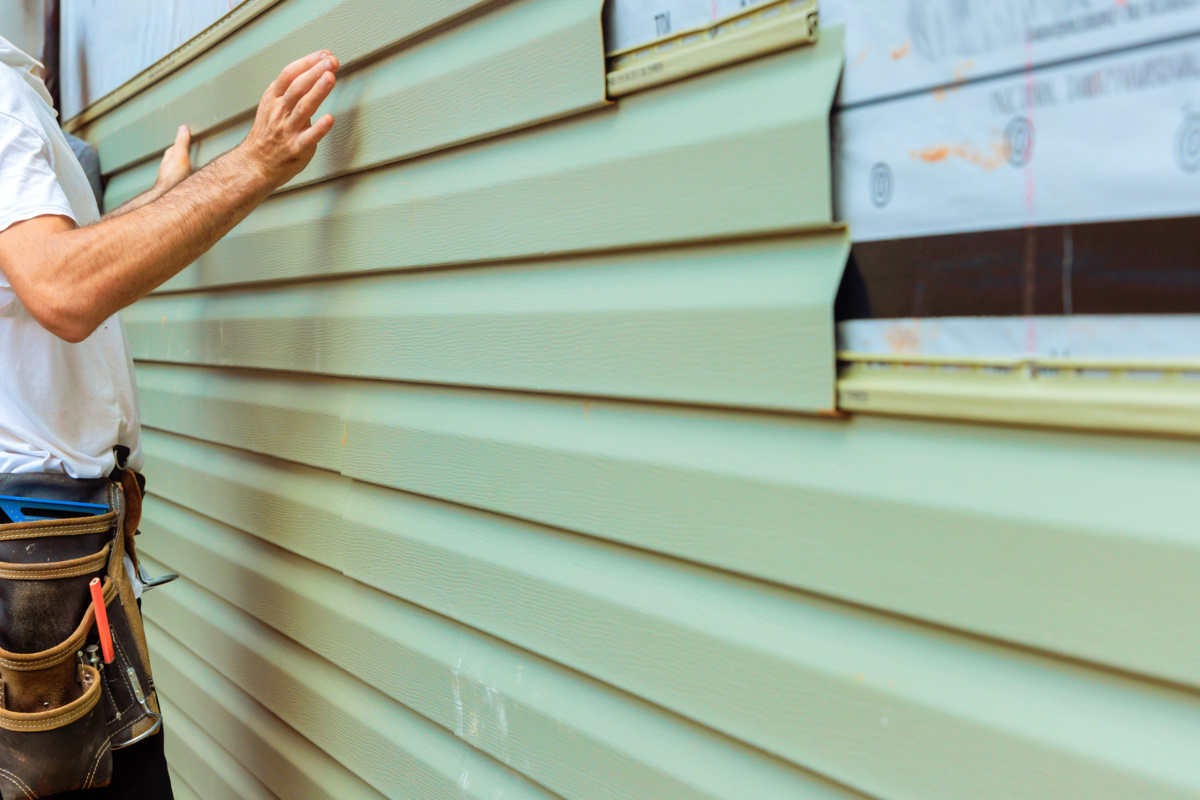Learning how to replace a window screen is a straightforward task that not only boosts the comfort and aesthetic appeal of your home but also keeps those unwanted pests outside where they belong. This guide will walk you through the process of window screen replacement, providing step-by-step instructions to ensure you have all the necessary information to complete this DIY project smoothly and effectively.
When Should You Replace Your Window Screen?
Window screens play a crucial role in keeping insects and debris out while allowing fresh air in. Over time, these screens can become damaged due to weather, pets, or accidents. If you notice holes, tears, or frayed edges, it’s time to replace the screen to maintain its effectiveness.
Tools and Materials Needed
Before you begin, ensure you have the following tools and materials:
- Replacement screen material
- Spline (the rubber material that holds the screen in the frame)
- Screen rolling tool
- Flathead screwdriver or a similar tool for spline removal
- Utility knife
- Scissors
- Clamps (optional, for holding the screen in place)
These items can be found at your local hardware store or online.
Step-by-Step Guide to Replacing a Window Screen
- Remove the Old Screen: Start by removing the old screen from the frame. Use a flathead screwdriver to pry out the spline and then remove the damaged screen. If the frame is dirty, clean it before proceeding.
- Measure and Cut the New Screen: Lay the frame on a flat surface and roll out the new screen material over it. Leave about 2 inches of extra screen around the edges and cut it using scissors.
- Install the Screen: Place the new screen over the frame, ensuring it covers all edges. Start at one corner and use the screen rolling tool to press the screen into the frame’s groove. Continue around the frame, keeping the screen taut.
- Secure the Screen with Spline: Using the convex edge of the rolling tool, push the spline back into the groove over the new screen. This secures the screen in place.
- Trim Excess Screen: Once the spline is securely in place, trim the excess screen material along the edges with a utility knife.
- Reinstall the Screen: Finally, place the newly screened frame back into your window.
Maintenance Tips for Window Screens
To ensure your screens last longer and perform well, consider the following tips:
- Regular Cleaning: Clean your screens at least once a year to remove dust and pollen. This can be done by gently washing them with soap and water and using a soft brush.
- Proper Storage: If possible, remove screens during the winter months to avoid damage from ice and snow.
In Summary
By following the steps above, you can efficiently replace a window screen, improving your home’s functionality and aesthetic appeal. For more specialized screen materials like pet-resistant or solar screens, make sure to choose the type that best suits your needs. Regular maintenance and careful handling will also extend the life of your screens, ensuring they continue to look great and function effectively year after year.
If you encounter any issues during the replacement process, don’t hesitate to contact us for further assistance.






